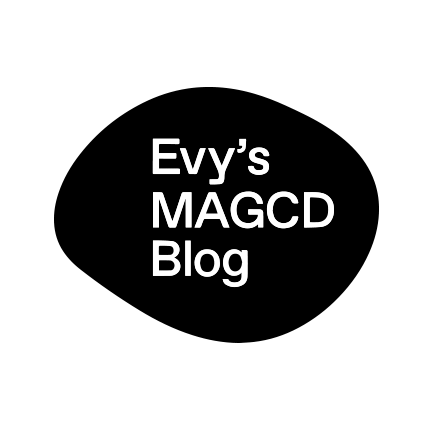A my enquiry evolves, I’ve moved on from looking at isolated memories around food (like I did through my Norwich investigation), and I’ve started to tap into the more specific concept of food sharing or social eating. I think this subject could be incredibly relevant as it’s not only engrained in culture, but also present around the world. We can all relate to it in one way or another, so it presents an opportunity to explore the recording and translation of oral history through graphic communication design.
This week, I have started running a series of visual experiments translating memories of social eating through graphic means (Also in relation to Michela’s Gestalt Workshop) as well as running my first test interviews to evaluate and keep refining my methods.
Gestalt Principles Workshop w/ Michela Zoppi
The Gestalt cross-year studio with Michela provided a really good reference point and context for my exploration of image making in relation to memories of social eating. It also provided an interesting evolution point from my visit to Moriyama’s exhibition the previous week. Through this workshop I started to consider how composition can become a more active element in my practice, and also, how using “fragments” of discarded things or “repurposing” of information can become even more prevalent in my visual vocabulary.

Gestalt Experiments
As a response to Michela’s workshop, I’ve created a short workbook where I experiment with crafting a narrative using full bleed photographs only, exploring my own memories around social eating during our first night in Seoul, Korea. Using Gestalt principles as forefront elements of my methodology helps me to think deeper on how image sequences can convey a mood and context beyond words. I also limit myself to using found photographs from my camera roll which I repurposed and reframed. The idea is for each image to lead into each other linked by the principles of continuity, similarity, symmetry and common faith.






They serve cold noodles. Our first taste of Korea. We wish this moment could last forever.
Free side dishes. Cuttlery in the drawer under the table.Barley tea and a beer.”
First Interviews
How important is the way we record memories? Does it matter how we read them? In this workbook I explore different ways for my method for collecting first hand accounts around social eating, and test the possibilities of recording memory through graphic means.
I focus on exploring the oral history recording process itself as a way to reflect and refine my process. In my previous experiments during unit 2, participants started to tap into a sort of memory they didn’t know they have, a more visual, less articulated memory. Somehow, as they tried to represent their journeys, the way they shared their story changed. The aim of this experiment is to facilitate graphic exploration of memories around social eating.



Learnings from first set of interviews:
- The participants were quite open about sharing their memories around social eating.
- The activity of recording their memories, specially through non-textual means, provided space of self reflection.
- The participants overall felt a bit intimidated by the fact they were being recorded (Audio)
- The apprehension and insecurity towards drawing was a common thread. I tried to mitigate the difficulties by explaining to the participants the self-reflective purpose of their drawings and by providing prompts and basic shapes to help them think visually.
- The exercise triggered mostly memories around family and personal meaningful moments. One of the memories was particularly interesting because it was connected to social eating in the context of connecting people from different backgrounds.
